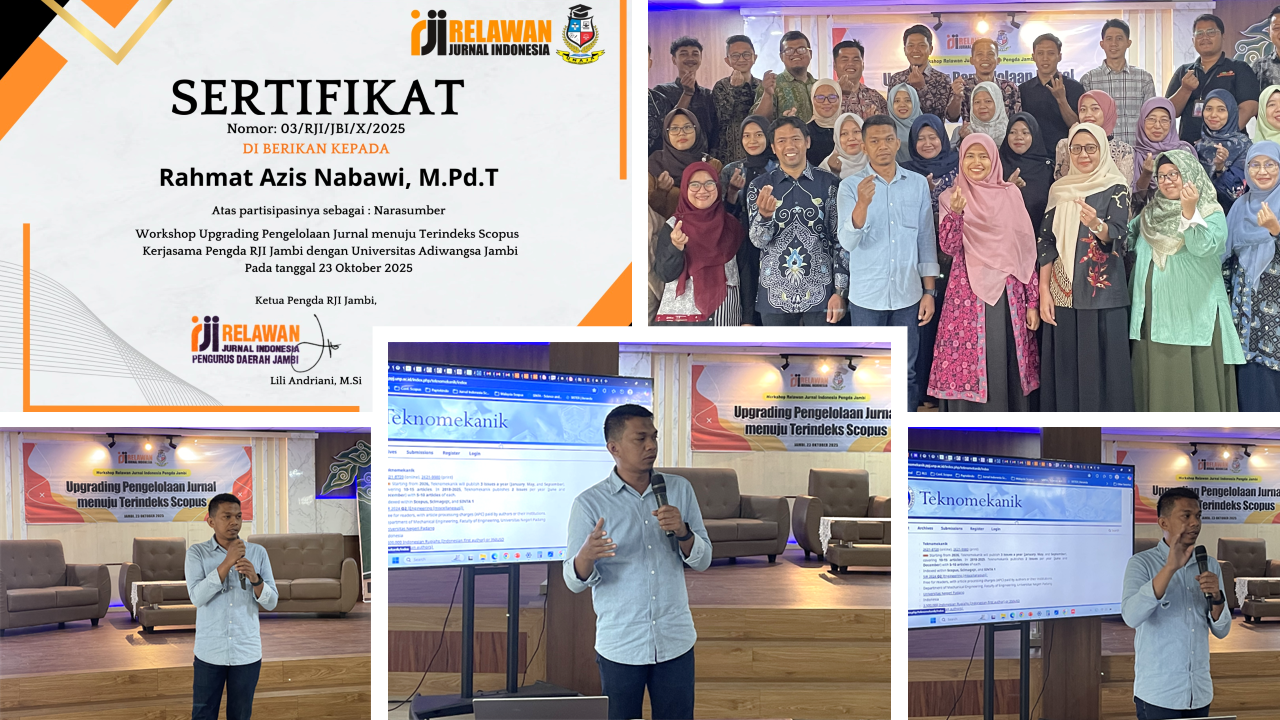- Archives
-
- Vol. 8 No. 2 (2025)
- Vol. 8 No. 1 (2025)
- Vol. 7 No. 2 (2024)
- Vol. 7 No. 1 (2024)
- Vol. 6 No. 2 (2023)
- Vol. 6 No. 1 (2023)
- Vol. 5 No. 2 (2022)
- Vol. 5 No. 1 (2022)
- Vol. 4 No. 2 (2021)
- Vol. 4 No. 1 (2021)
- Vol. 3 No. 2 (2020)
- Vol. 3 No. 1 (2020)
- Vol. 2 No. 2 (2019)
- Vol. 2 No. 1 (2019)
- Vol. 1 No. 2 (2018)
- Vol. 1 No. 1 (2018)
-






